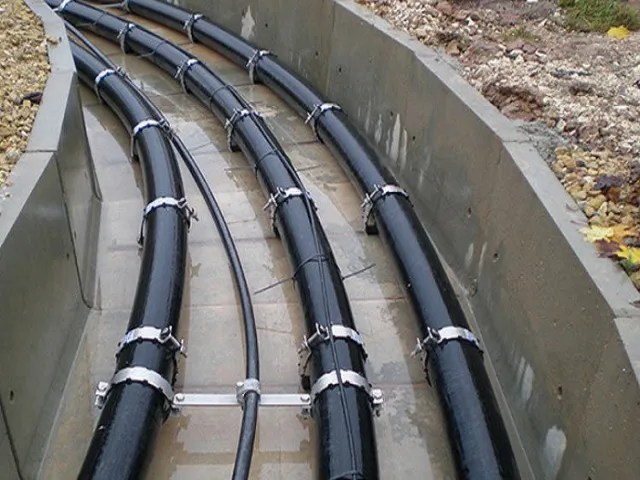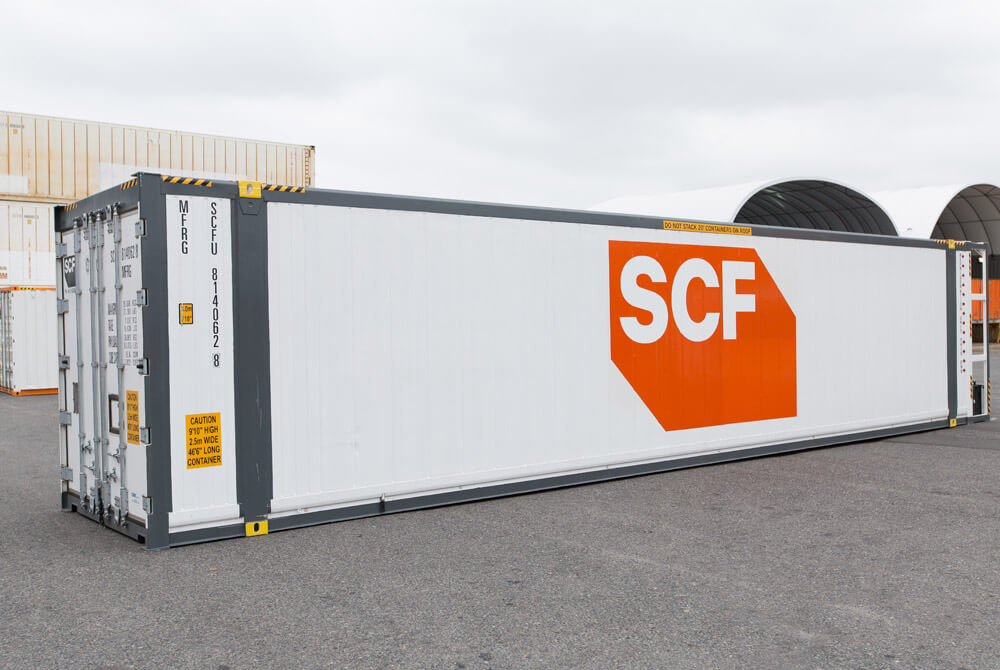Impressive Benefits Of Using Reinforced Concrete Pipes
Reinforced concrete pipes (RCP) are reinforced with steel bars or wire mesh. Because of the various benefits that come with using these pipes, they are commonly used in a wide variety of building projects. If you want to know the benefits of using a concrete pipe for your building project, then this article is for you.
Strength And Durability
Due to their high tensile and bending strengths, reinforced concrete pipes are a great choice for application in a wide range of building projects. They can handle a lot of weight, pressure, and even harsh weather, making them great for building projects. They are commonly used for the construction of roads, bridges, and tunnels.
Long Lasting Construction Material
Pipes made of reinforced concrete have a long lifespan. They can typically last for up to, or even more than 100 years. And because of this characteristic, they are an economical choice in comparison to other construction materials. Since they are long-lasting, they do not need to be replaced or would need fixing nearly as frequently as other materials.
RCP is Corrosion-Resistant
Concrete has a natural resistance to corrosion. Which means that when used in construction projects, these reinforced concrete pipes are less likely to be affected by rust or other types of corrosion. This is why reinforced concrete pipes are an excellent option for applications in places that have significant amounts of moisture or salt exposure.

A Cost-effective Solution
They are simpler to manufacture and install compared to pipes made of other materials, like steel or plastic. Reinforced concrete pipes often have lower overall production and installation costs. They also have a low lifetime maintenance need. This is why when used in the construction setting, it results in a large cost savings.
Sustainability
Pipes constructed of reinforced concrete are a sustainable solution. They are built from natural resources and they can also be recycled or used for another purpose. So even though their original function is no longer needed, they can still be used for other applications. RCPs also have a minimal carbon footprint since the process involved in producing them uses very little energy.
Resistant To Fire and Earthquakes
Concrete is resistant to fire and can handle high temperatures without breaking down. All of this is made possible because of how it is constructed. And because reinforced concrete pipes can survive earthquakes and other natural calamities, they are a great choice for construction use in areas where earthquakes are common.
Reinforced concrete pipes are useful for building projects. That is why if you are looking for RCPs for a building project, you have to make sure that you fully understand the benefits of using this type of material. Do your research and look into your options before you decide on reinforced concrete pipes.









